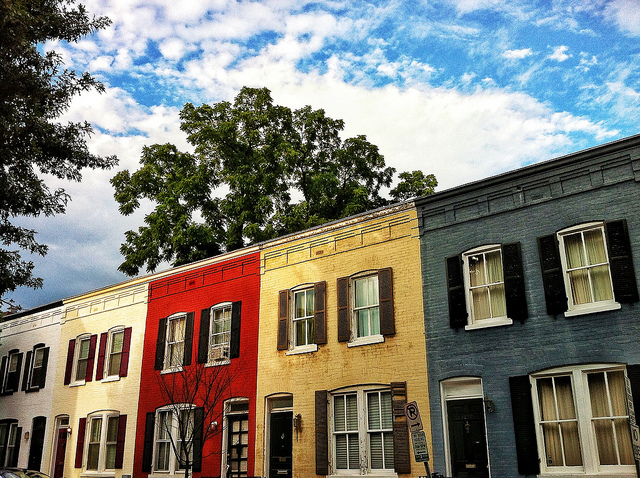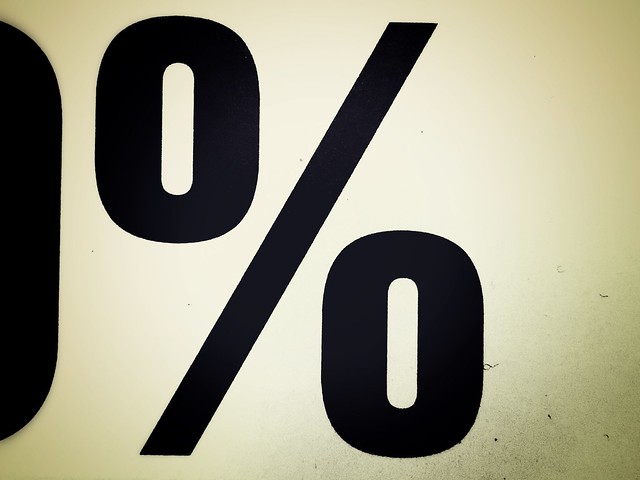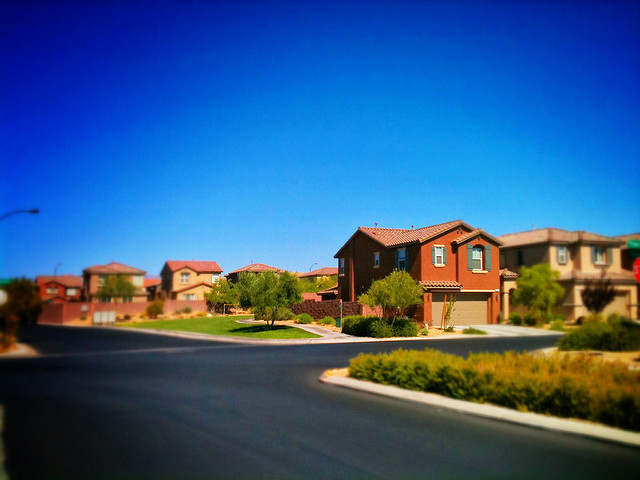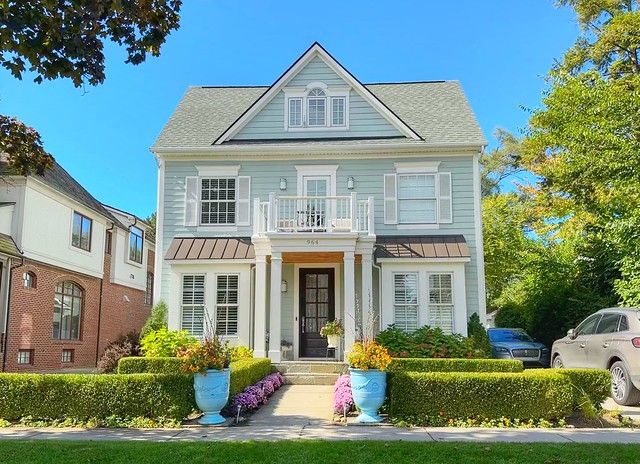The Mortgage Bankers Association’s Purchase Applications Payment Index measures the national median payment applied for by prospective home buyers. In September, the median payment increased from August, rising to $1,941 from $1,839. The increase follows four straight months of declines from the index’s peak in May. Edward Seiler, MBA’s associate vice president of housing economics, says challenging affordability conditions have led borrowers to seek smaller loans. “With mortgage rates continuing to rise, the purchasing power of borrowers is shrinking,†Seiler said. “The median loan amount in September was $305,550 – much lower than the February peak of $340,000.†The index found payments up across all loan categories, with lower-payment mortgages seeing an increase from $1,210 in August to $1,271 in September. Loans backed by the Federal Housing Administration rose to $1,566. Regionally, mortgage payments were highest in Nevada, Idaho, Arizona, Utah, and Florida. (source)













